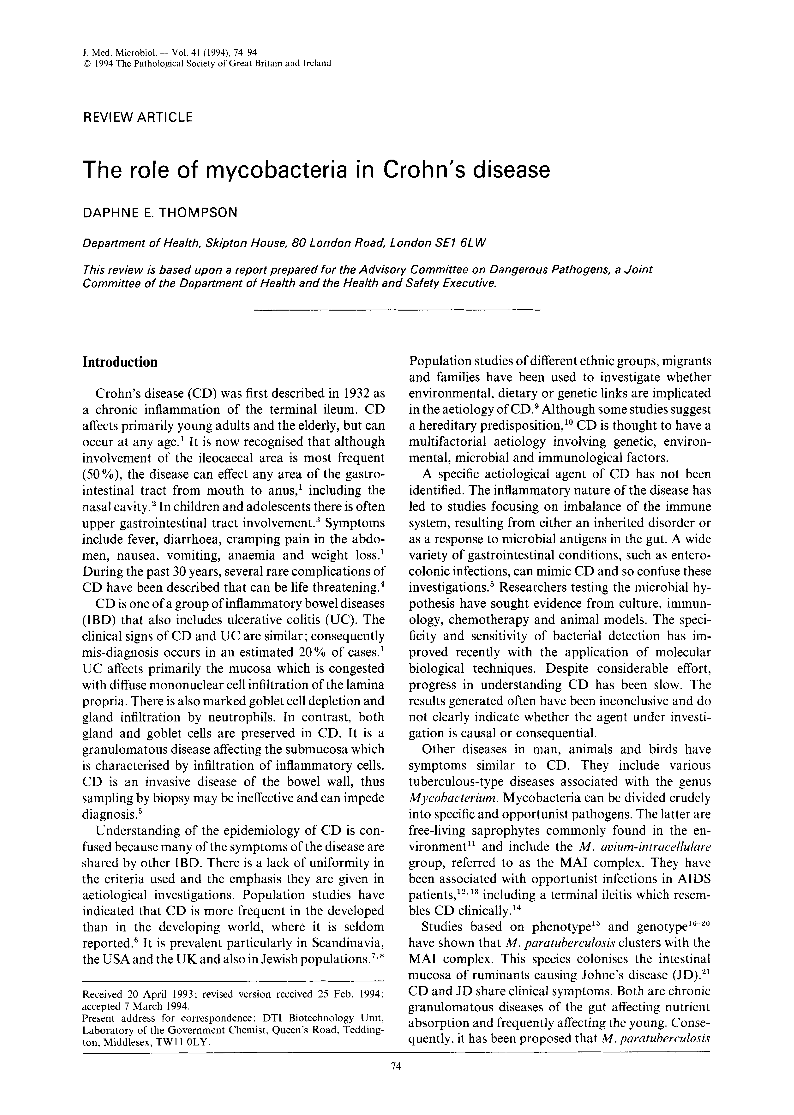
Full text loading...

The role of mycobacteria in Crohn’s disease, Page 1 of 1
< Previous page | Next page > /docserver/preview/fulltext/jmm/41/2/medmicro-41-2-74-1.gif
There is no abstract available.

Article metrics loading...

Full text loading...
References

